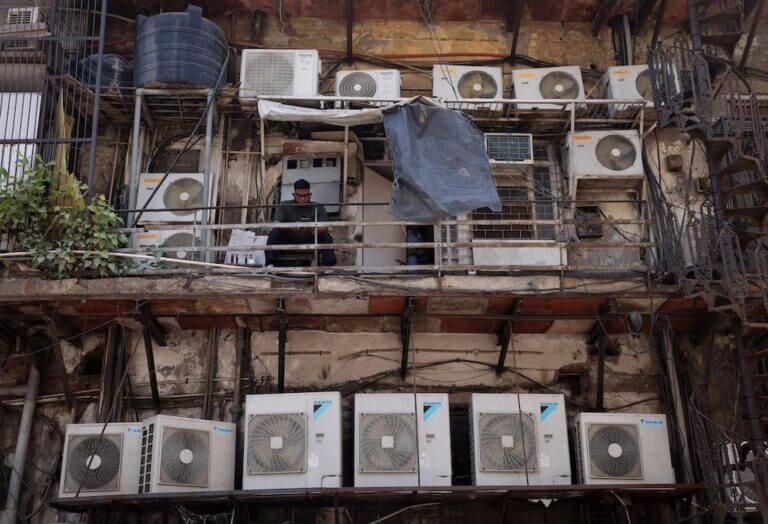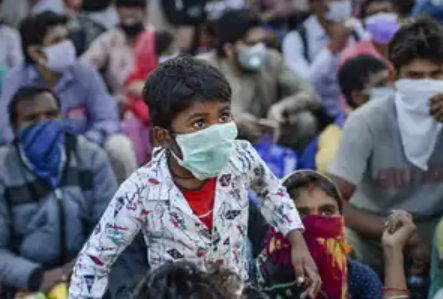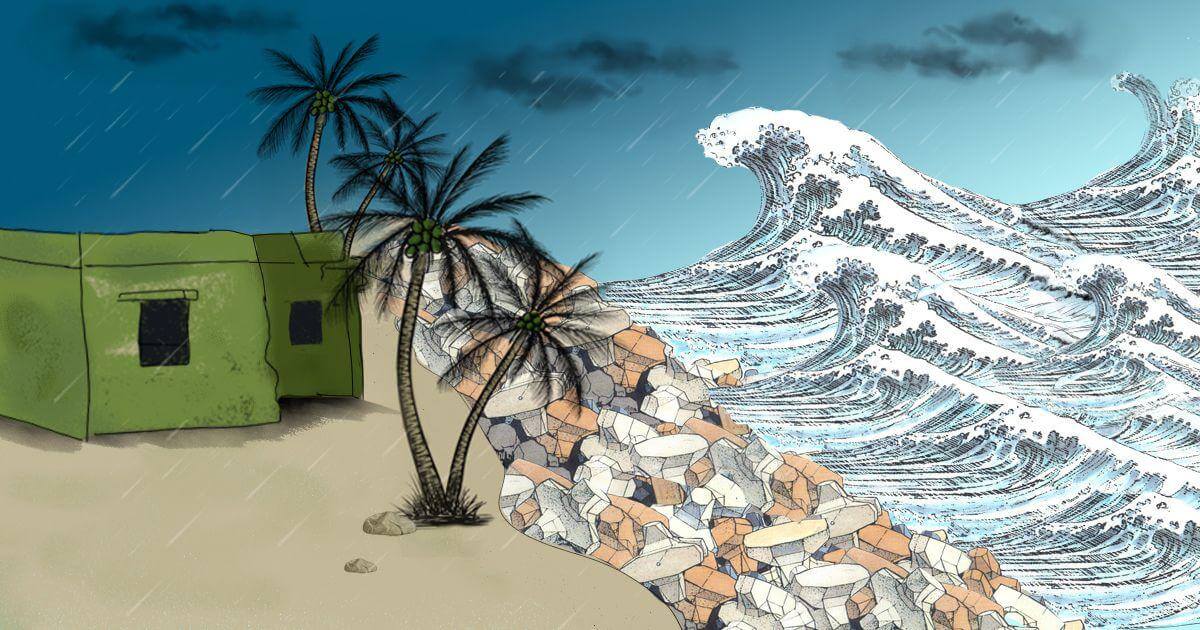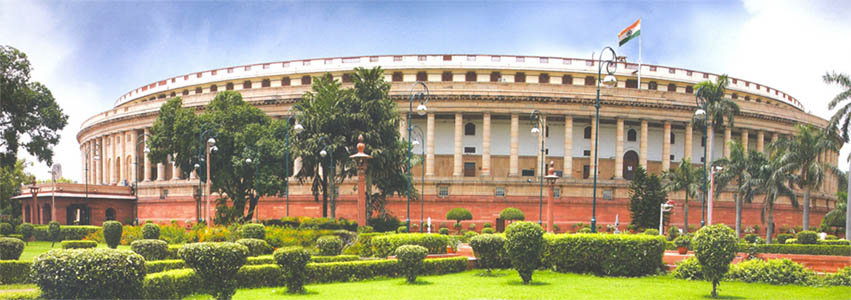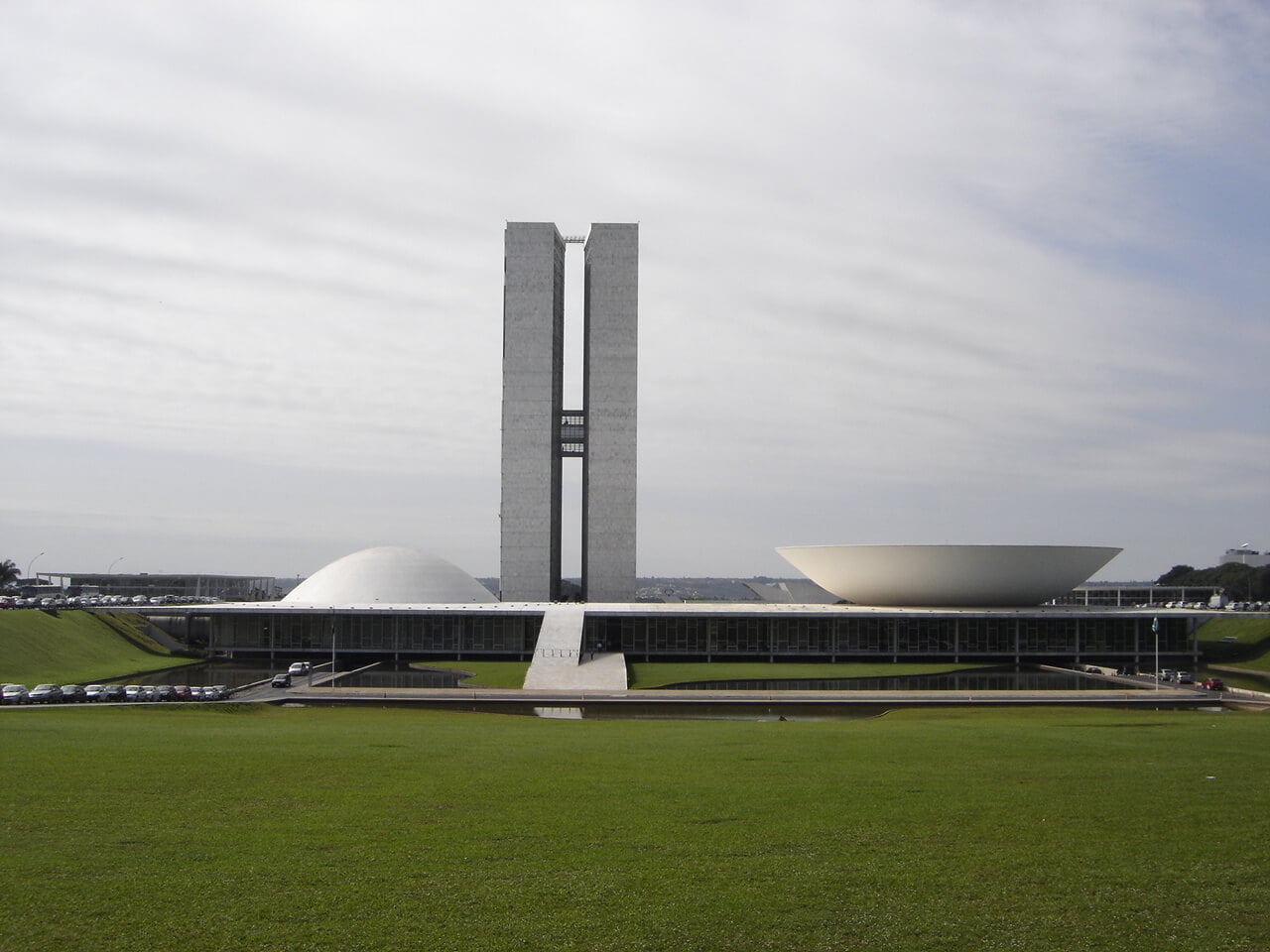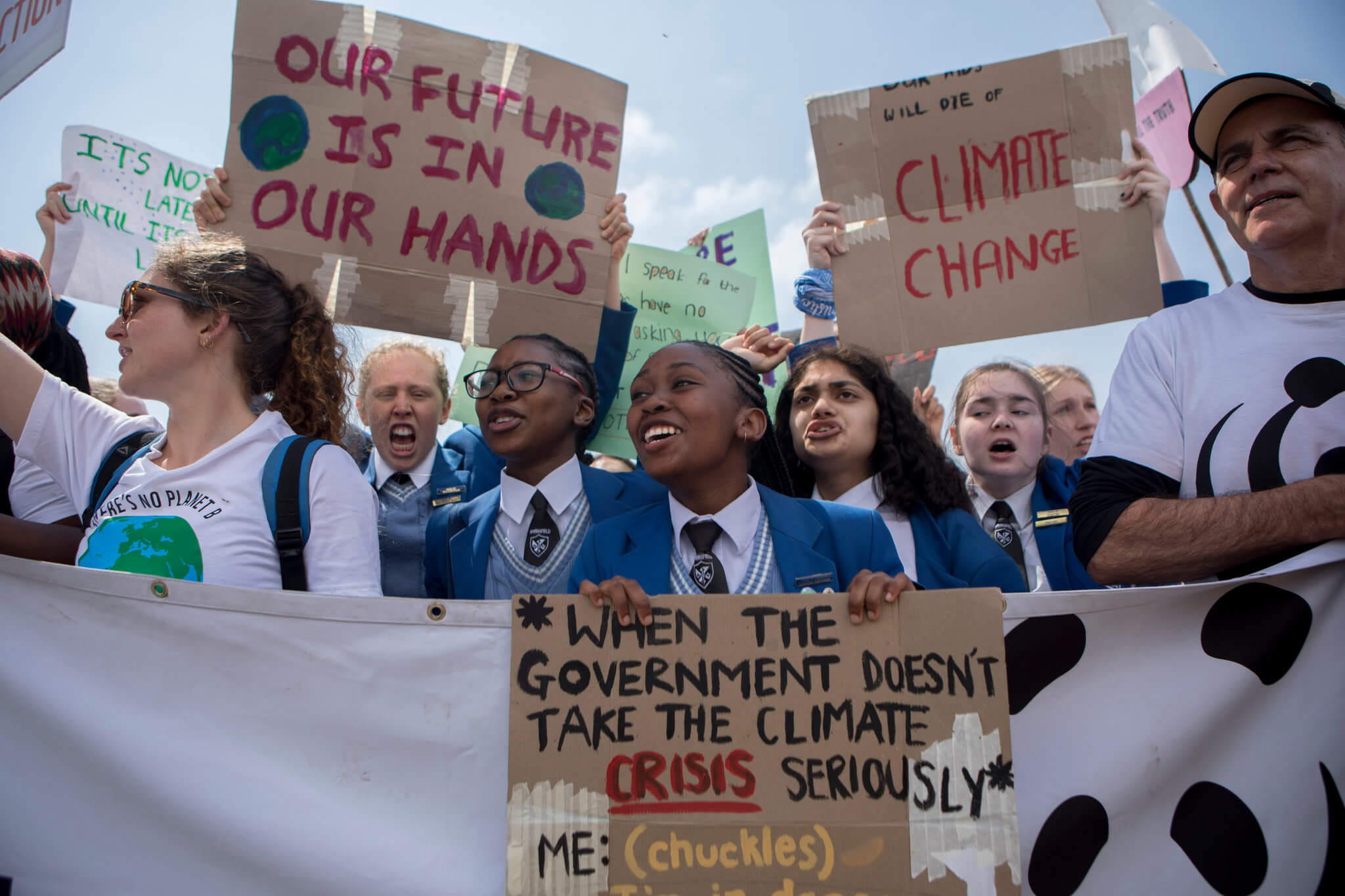Research area: Adaptation and Resilience
Urban elites can help push urgent climate adaptation
Forging a national consensus on climate adaptation is key
Shock Mobilities During Moments of Acute Uncertainty
Karnataka’s crumbling coastline shows climate battles are political
जलवायु संकट में भारत की संघीय प्रणाली की पुनर्कल्पना
Reimagining Indian federalism in the climate crisis
National climate institutions complement targets and policies
Introduction
National climate institutions are a missing element in climate mitigation discussions. Yet institutions translate ambition to current action, guide policy development and implementation, and mediate political interests that can obstruct mitigation efforts. The landscape of relevant institutions is usefully categorized around ‘purpose-built’ institutions, ‘layering’ of responsibilities on existing institutions, and unintentional effects of ‘latent’ institutions. Institutions are relevant for solving three climate governance challenges: coordination across policy domains and interests, mediating conflict and building consensus, and strategy development. However, countries do not have a free hand in designing climate institutions; institutions are shaped by national context into four distinct varieties of climate governance. We suggest how countries can sequence the formation of climate institutions given the constraints of national politics and existing national political institutions.
Read moreVarieties of climate governance: the emergence and functioning of climate institutions
Introduction
How do states respond to the challenge of climate governance? The Paris Agreement has led to heightened interest in domestic climate policies, but attention to underlying national climate institutional architectures has lagged behind. This literature gap deserves to be addressed, because climate change brings considerable governance challenges. Drawing on a collection of country studies, this paper outlines a framework to explain the path-dependent emergence of climate institutions, based on the interplay of national political institutions,international drivers, and bureaucratic structures. The resultant institutional forms suggest four varieties of climate governance, based on the extent of political polarisation and the narrative around climate politics in the country. The functioning of existing climate institutions indicates they have so far played a modest role in addressing climate governance challenges, but also illustrates their importance in structuring climate politics and outcomes, suggesting a substantial agenda for future research.
Read moreSpecial Issue on ‘Varieties of Climate Governance’ in Environmental Politics (all articles)
Introduction
Discussions in climate governance have focused on national targets and climate policies. But a critical ingredient is relatively absent: climate institutions. Yet, formal institutions are essential if countries are to devise realistic low-carbon strategies, manage the complex politics of transitions, and coordinate across diverse ministries and actors. Drawing on cases spanning eight countries – four developed and four
developing – with an analytical overview, we examine the conditions under which climate institutions emerge, the forms they take, and the governance functions they serve.

